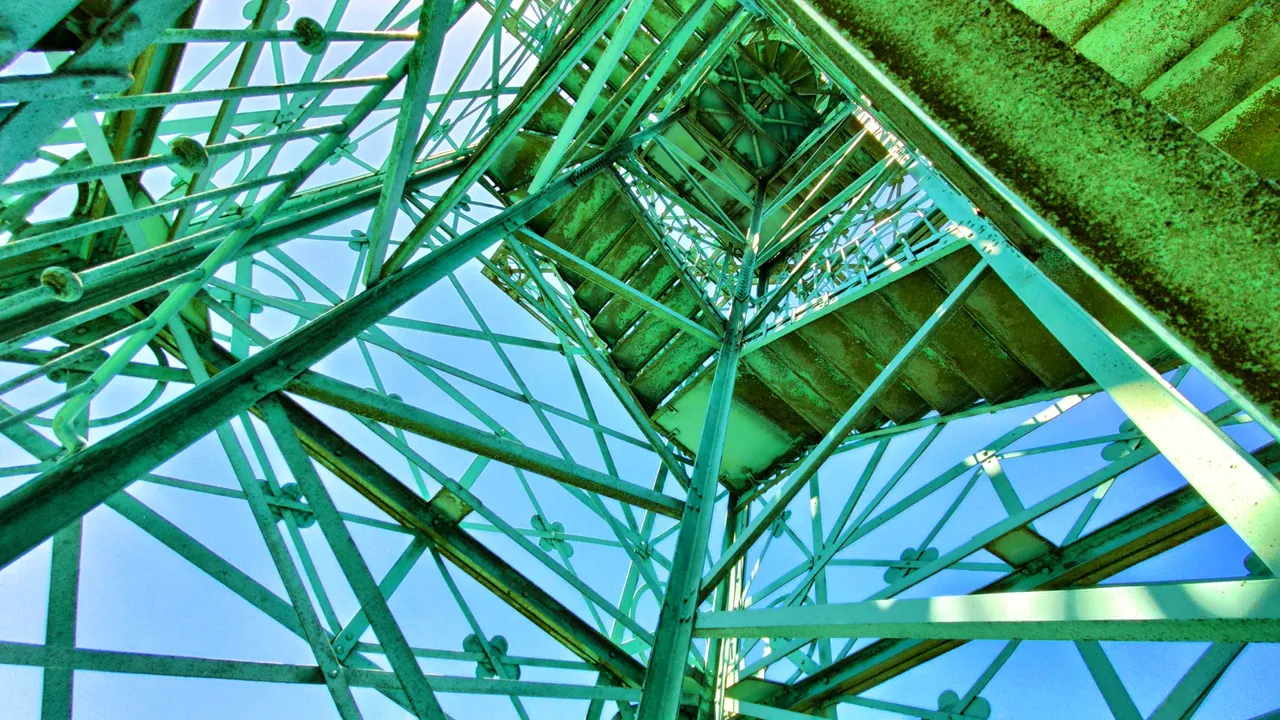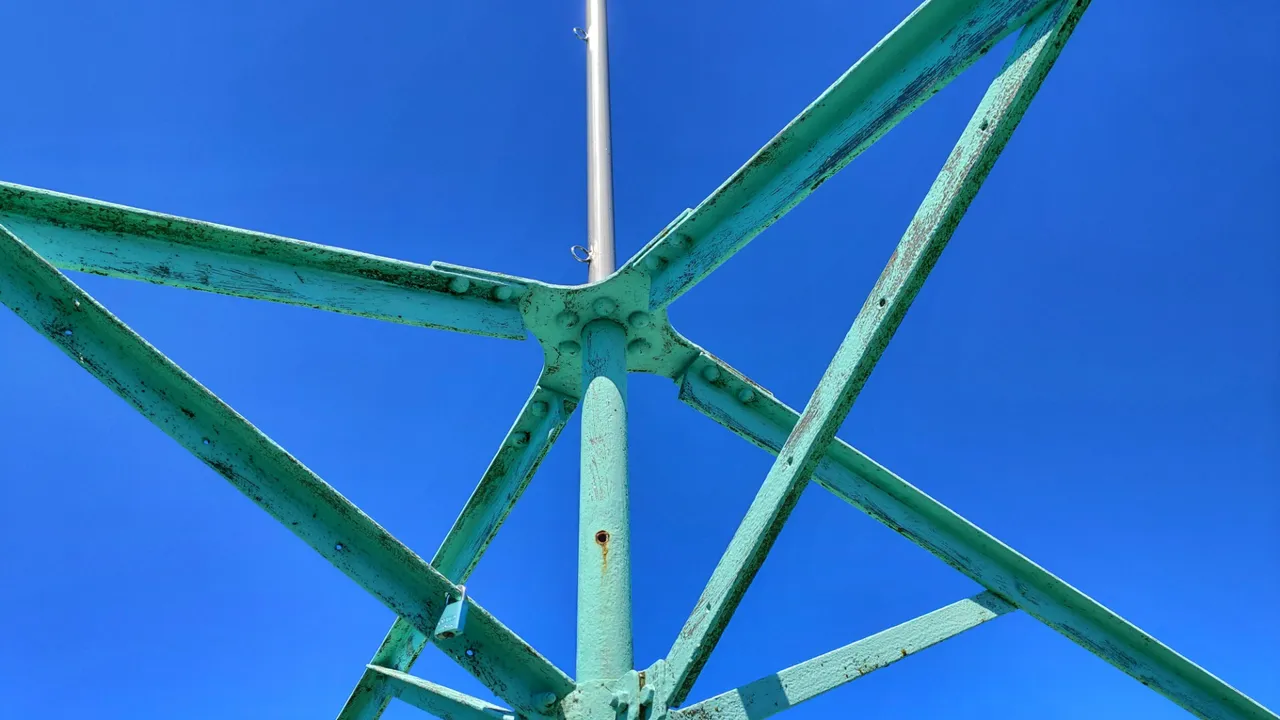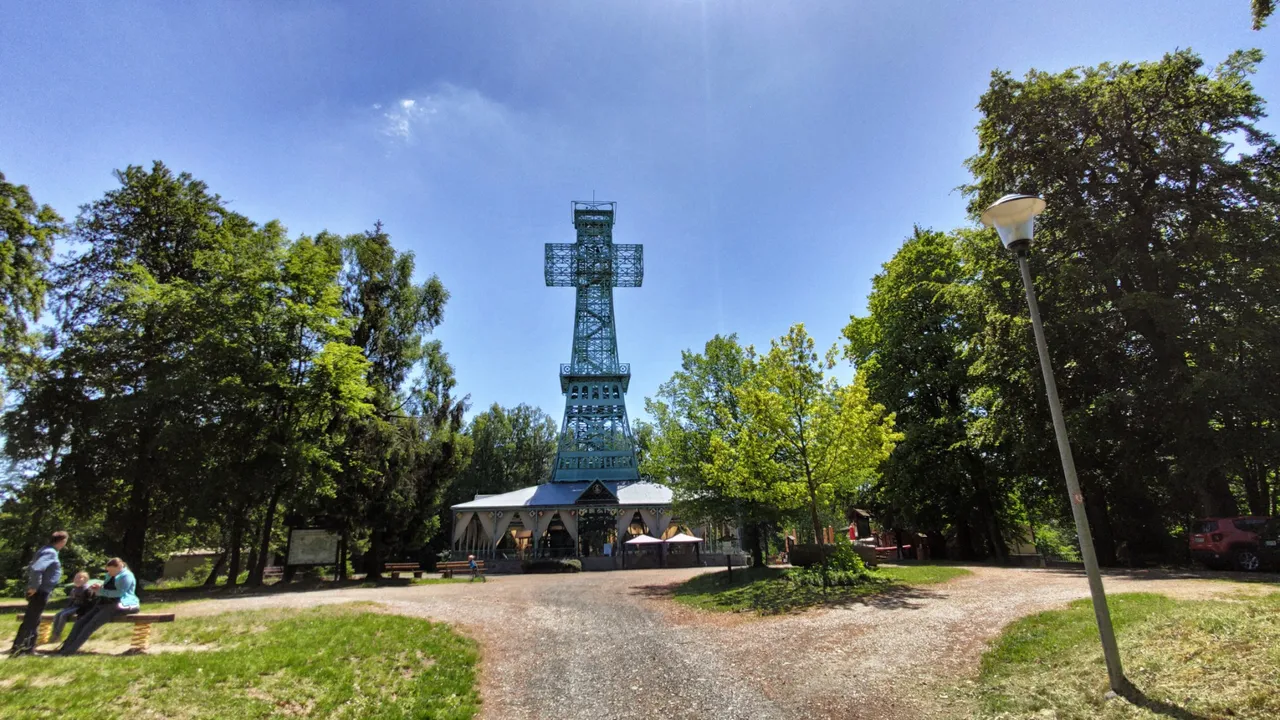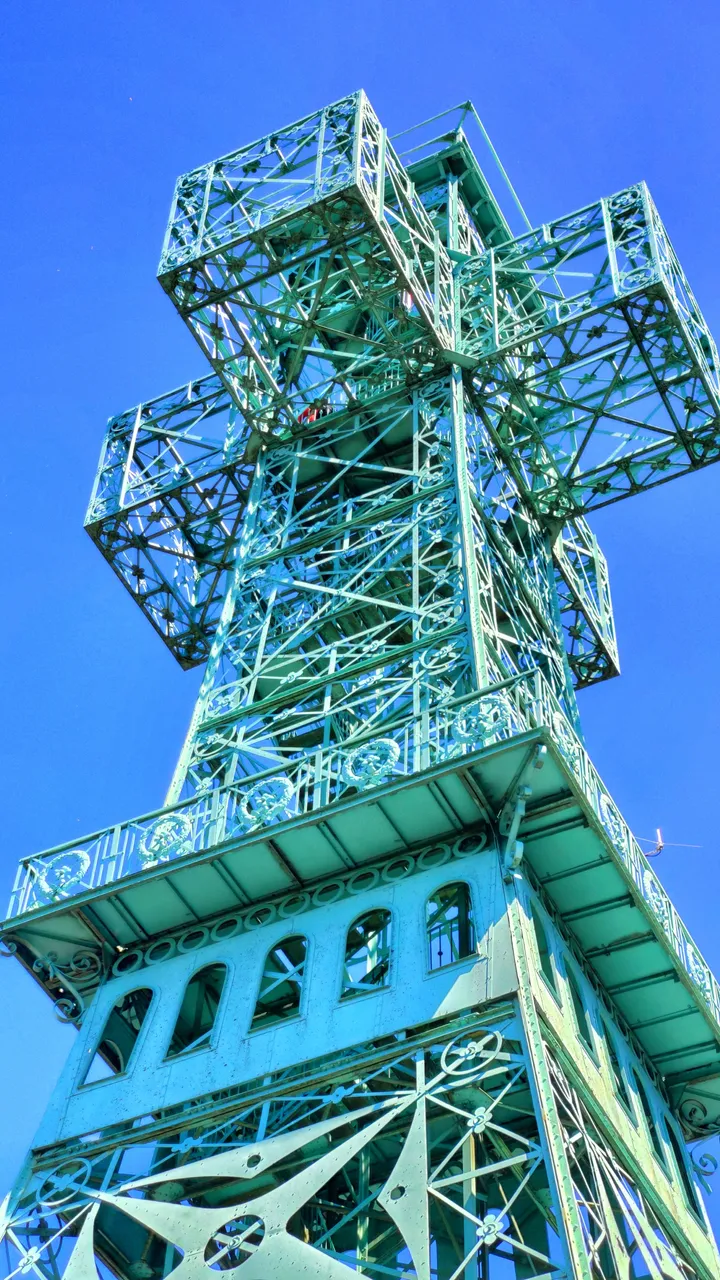
It's just a very small mountain on which the big tower stands, from which you can look far out into the country. With a height of just 580 meters, the Josephshöhe is not even the name in the Vorharz (read my article about the mysterious Klusberge) between Stolberg in the southwest and Straßberg in the northeast, officially the southern tip of the Großer Auerberg, not very impressive, but easy to climb. Perhaps that was the reason why a simple timber-framed observation tower with four observation hatches was built here in the 17th century.
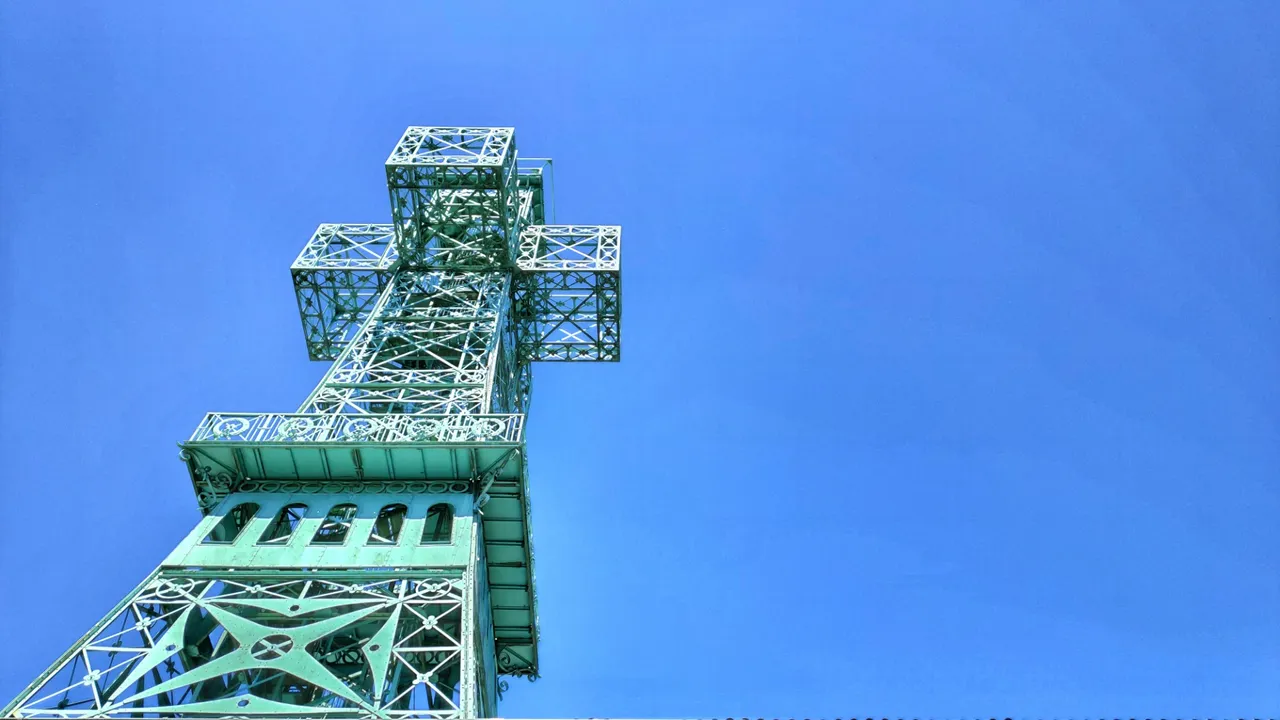
The first one simply collapsed
Not a building that lasted for a long time: in 1768 the tower, which had been affected by wind and weather, was brought down because it was dilapidated and threatened to collapse with visitors on its viewing platform. Interesting how it was torn down: miners, of whom there are many in the region, undermined it until it simply collapsed. Right at the time the last wolf of the Harz mountains were shot to death nearby.
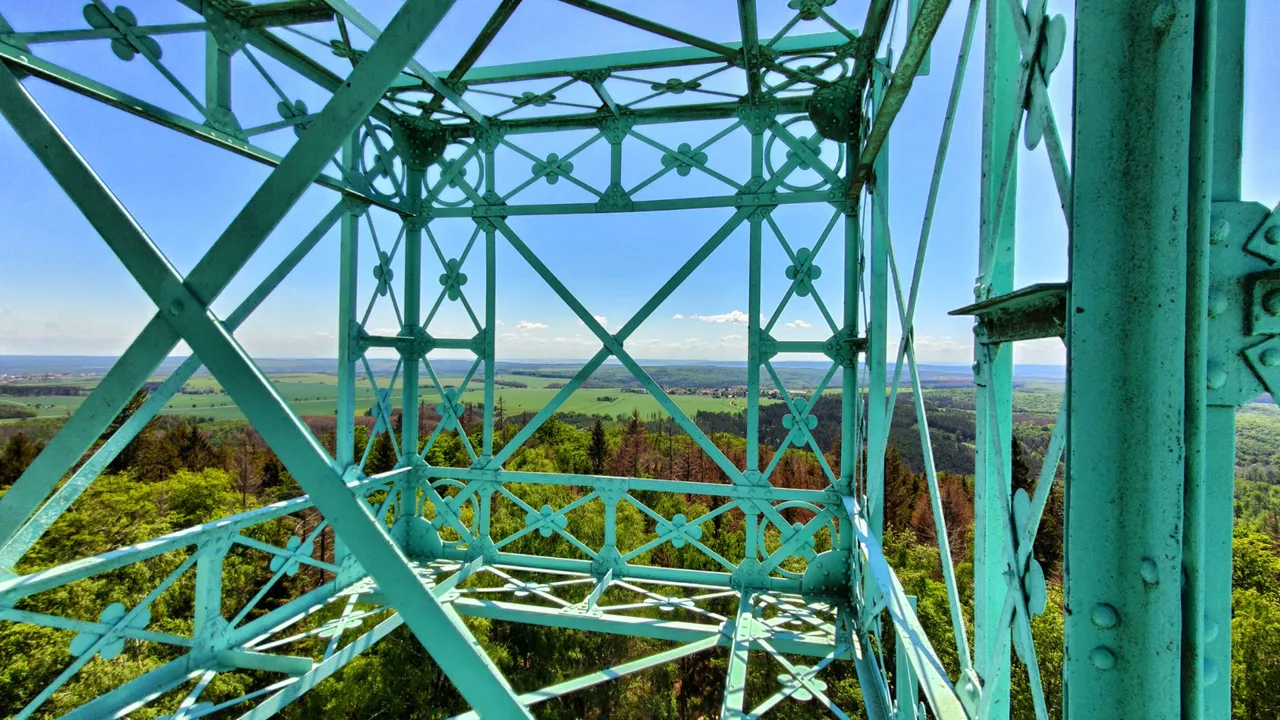
Back then, people learned from experience that it takes something special to attract masses of people. During this time, wooden observation towers were built in many places, to attract tiurists, but the Count Joseph zu Stolberg-Stolberg, a man with a finely developed taste in art, had the plan to have a tower of particular beauty built in his empire.
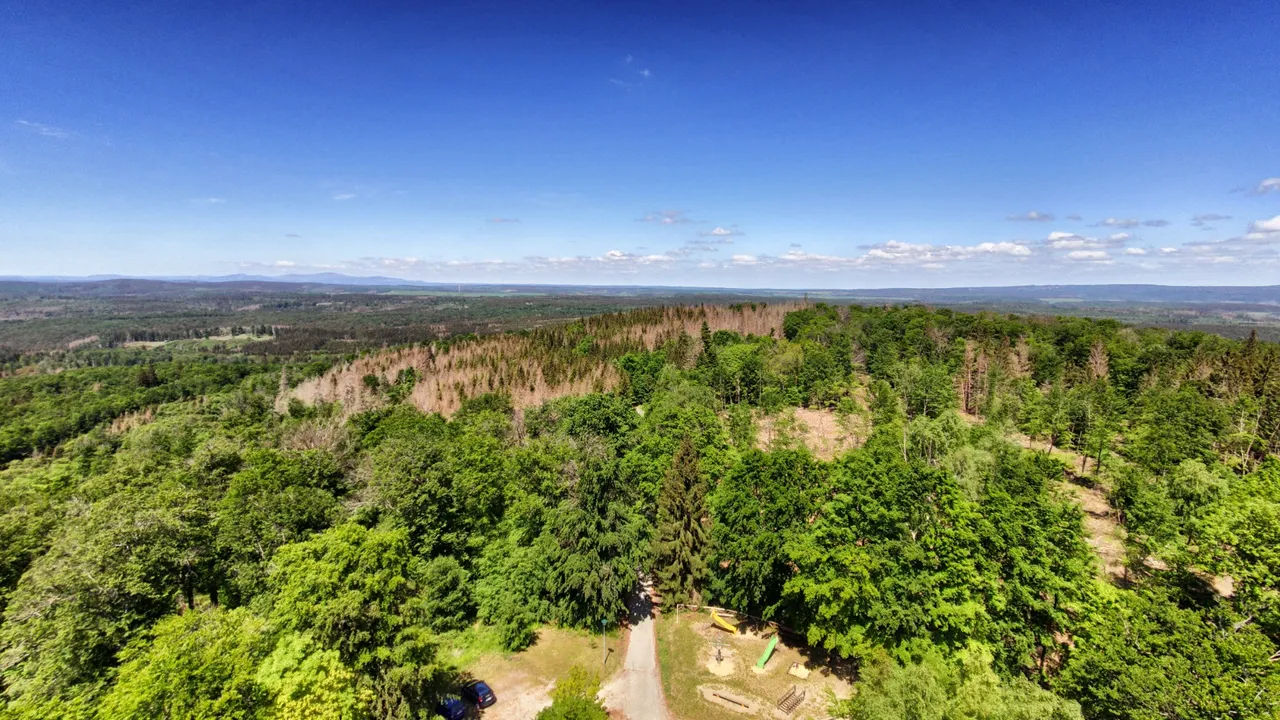
The next one was made from 365 oaks
Regarding Stolberg-Stolberg, none other than the ingenious classicist master builder Karl-Friedrich Schinkel asked whether he had an idea. Schinkel, who had built the Königswache (Neue Wache), the Schauspielhaus and the Altes Museum in Berlin, found the idea interesting and designed a tower in the form of an upright four-part rotationally symmetrical Latin cross, which the Stolberg master carpenter Schatz drew up from 365 oaks had been beaten in the surrounding woods.
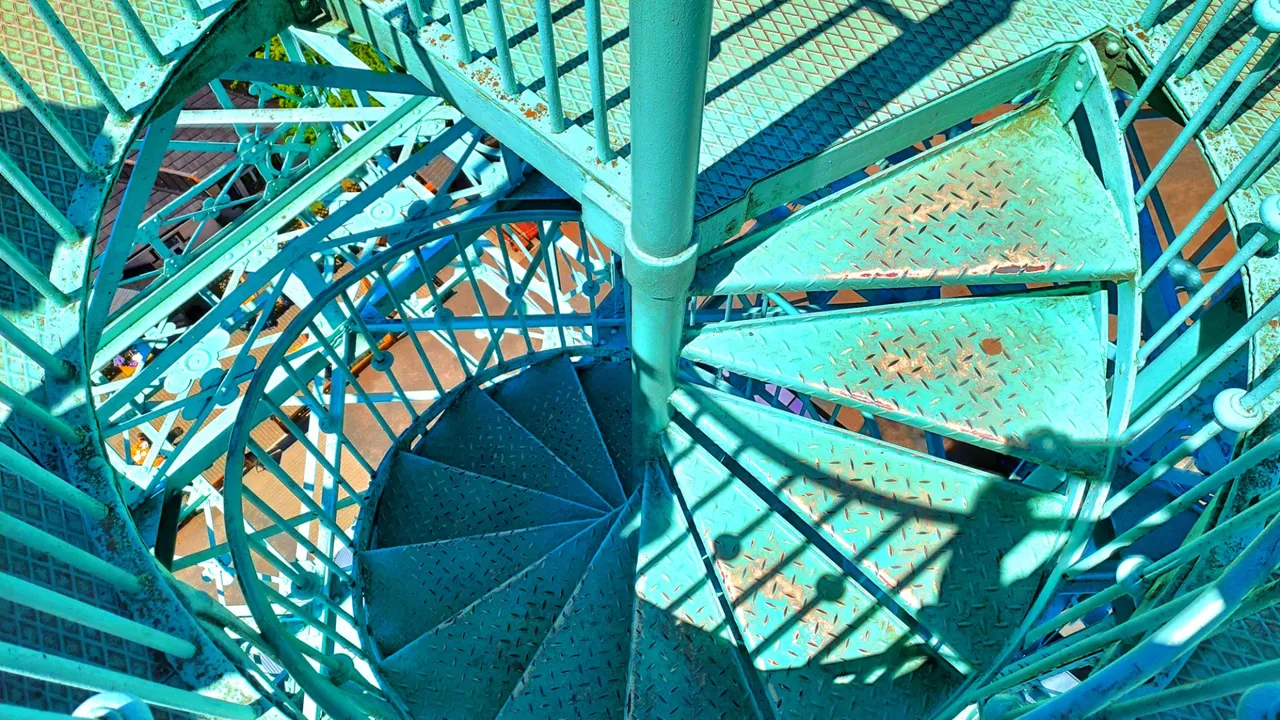
But the new tower didn't last long either too. The topping-out ceremony of Schinkel's wooden tower in the form of a double cross was celebrated on September 24, 1833, but not even 50 years later the building, named "Joseph's Cross" after its client, which had no stairs and could only be climbed with ladders, was struck by lightning met. Then the tower burned down - to the displeasure of the zu Stolberg-Stolbergs, who were now planning to build a massive tower.
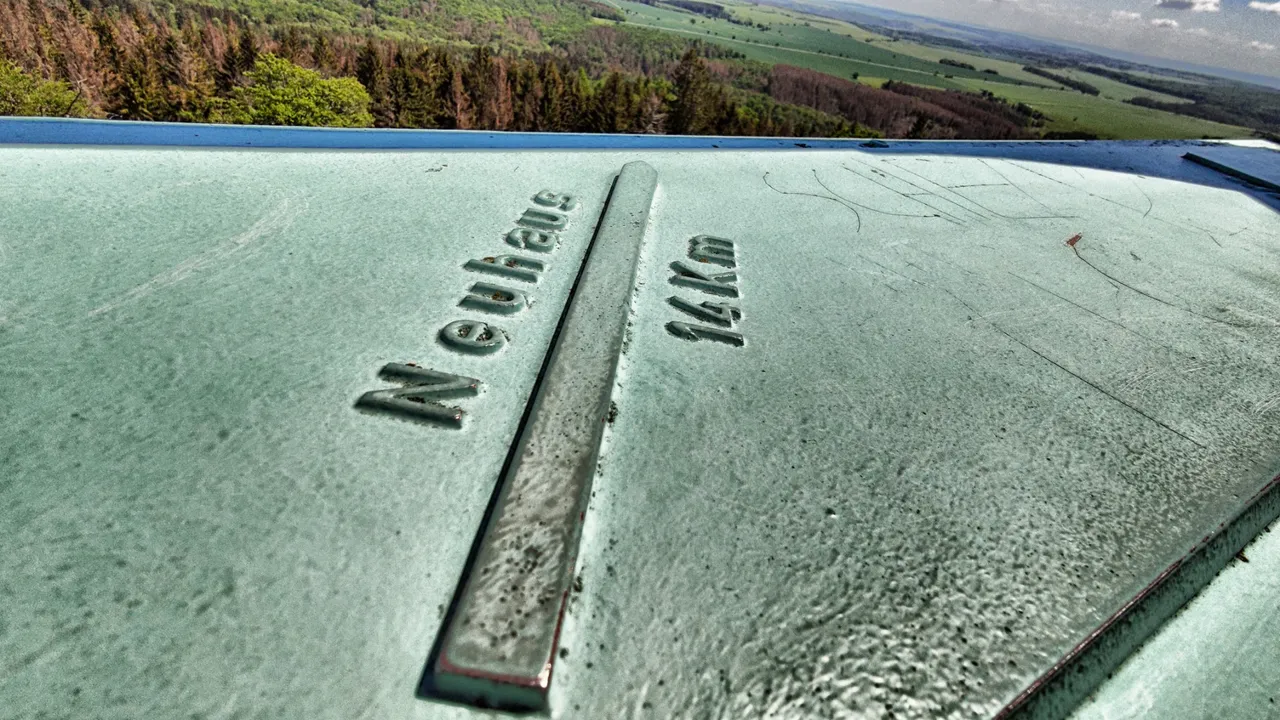
100.000 rivets
It was finished in 1896, this time as a 38 meter high structure with an impressive 125 tonnes weight, which is held together by around 100,000 rivets. It didn't even take half a year and only cost 50,000 marks to set the unmistakable landmark on the mountain, who is now the biggest iron-made double cross in the whole wide world.
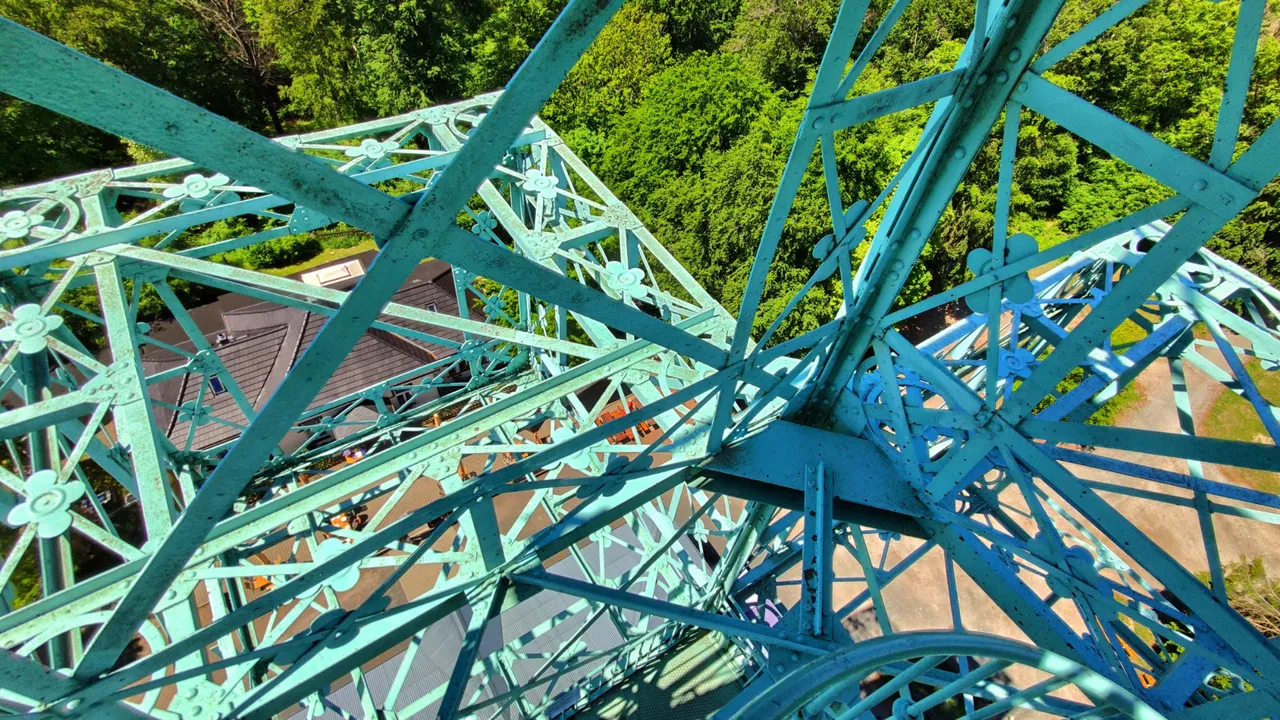
The mighty iron construction, which has since become an attraction for hundreds of thousands of visitors, rests on a huge concrete slab, which also offers space for a protective hall that can accommodate 400 to 500 people. To get to the viewing platform, you have to climb 200 steps, a difficult but worthwhile path. The stairways are winding up and up, you can hear your breathing like on a walk to a real summit. The view widens more and more, you can see the the rivets and you feel the wind who is moving the construction a little bit.
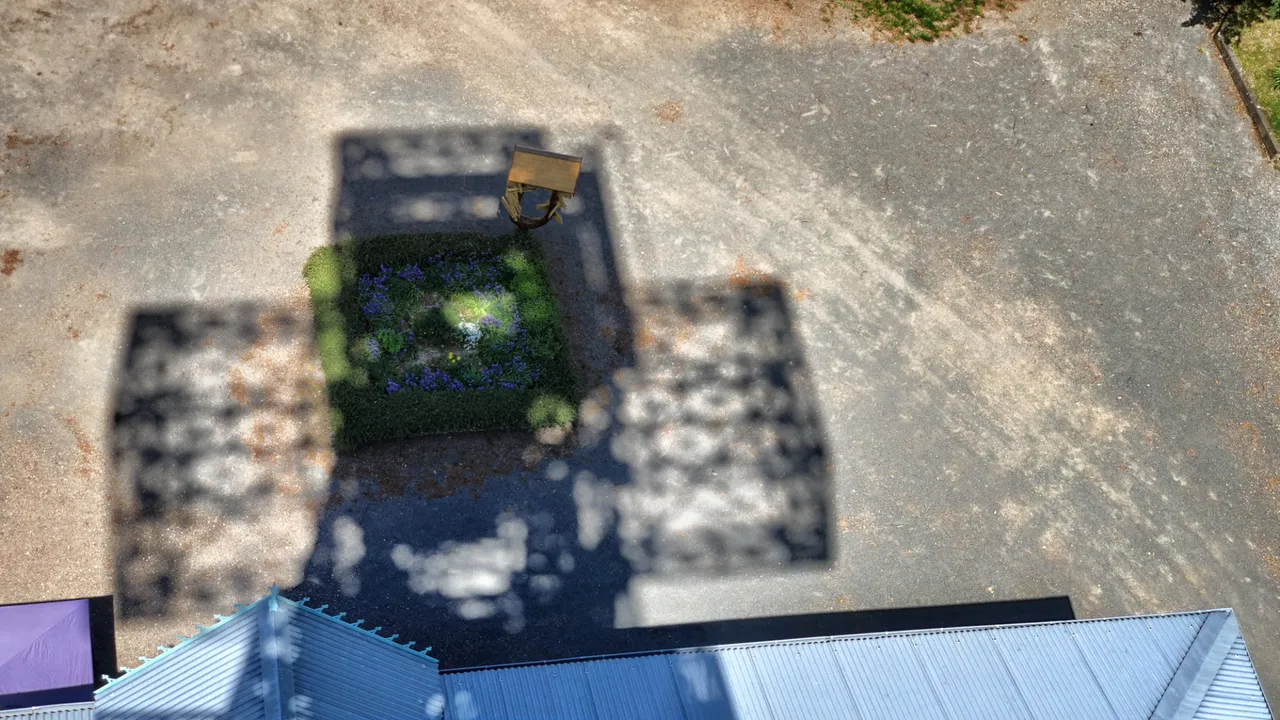
The blue sky over Harz Mountains
No fear for a new collapsing! For the 100th anniversary in 1987, the landmark of the whole region was reconstructed, a fundamental renovation then took place in 2003. What has remained is the memorable color of the building, a copper turquoise that contrasts wonderfully with the green of the surrounding forests and the blue sky over the Harz Mountains. In good weather and clear visibility, the view goes from high above over the landscape of the Lower Harz to the Brocken in the Hochharz, the Große Inselsberg can be seen and even Magdeburg, 60 kilometers away as the crow flies, whose cathedral towers are clearly visible. It's worth a trip to Joseph!
